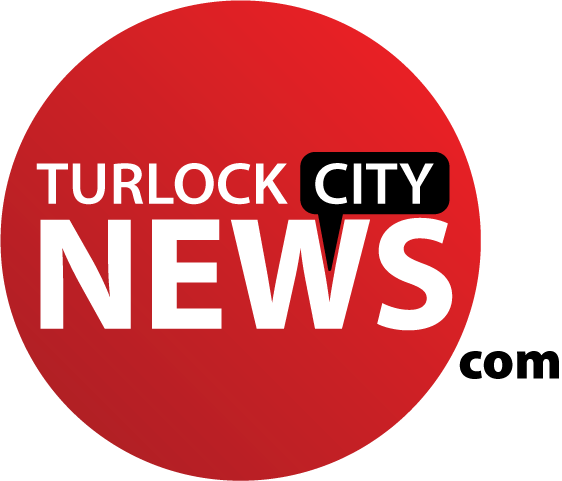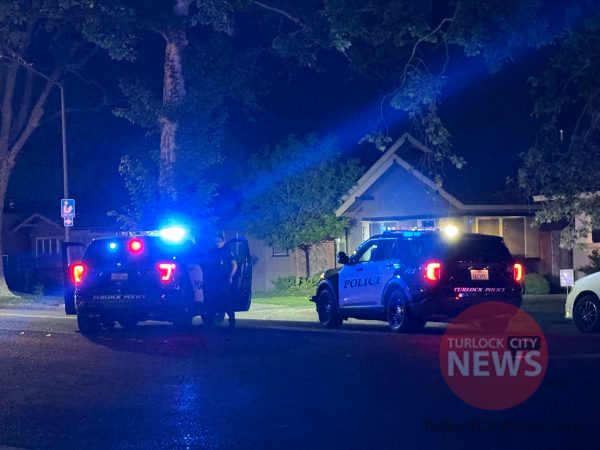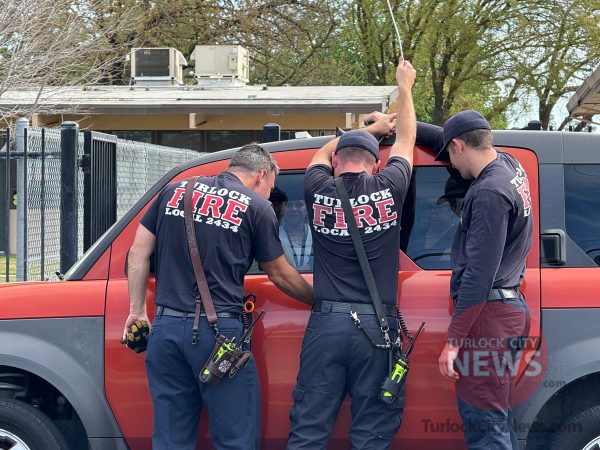The Turlock City Council unanimously voted to support a spending plan for a proposed countywide transportation tax, despite some concerns about Turlock getting its fair share.
The decision was not an endorsement of the road tax itself, merely of the proposed distribution of sales tax revenues.
The new tax would be dedicated entirely to local transportation measures. It would be implemented as a new, 25-year half-cent sales tax, expected to raise $970 million.
The tax is being proposed by the Stanislaus Council of Governments, the agency in charge of transportation funding in Stanislaus County. The proposed funding formula was drafted by a group consisting of all nine city managers in the county, as well as Stanislaus County staff.
StanCOG Executive Director Carlos Yamzon pitched the tax as an answer to the county’s deteriorating transportation infrastructure. He said the tax would relieve congestion, improve connectivity and goods movement, and enhance the economic vitality of the region.
“It’s 100 percent returned to source,” Yamzon said. “What we collect in that sales tax comes back to the region.”
The funding formula would send 47 percent of the $970 million collected to local governments, reserve 47 percent for three major cross-county corridors, and spend 6 percent on “alternative transit,” primarily a proposed expansion of the Altamont Commuter Express train to Modesto and Turlock.
From the 47 percent sent back to the cities, Turlock would receive approximately $2.7 million annually to spend on roads. That’s far from enough to make major improvements toTurlock’s streets; past studies suggest that Turlock would need to spend $11.4 million per year for the next 20 years to improve its streets to a “good” level, and $5 million annually to maintain roads at their current levels.
However, there is some potential to leverage tax revenues to obtain previously unavailable state and federal transportation dollars. Tulare County parlayed a $49 million tax into $200 million, San Joaquin County received $740 million while only taxing itself $407 million, and Alameda County obtained $3 billion on $720 million in revenues.
It’s the 47 percent dedicated to three cross-county corridors that drew most concern from Turlock City Councilmembers.
Two corridors would benefit Modesto: a North County Corridor, connecting Modesto to Oakdale, and a Central County Corridor, widening State Route 132 from Modesto to San Joaquin County and building a new interchange at Highway 99. Those two projects would likely be built first, as they are far along in planning and have previously earned support from StanCOG.
The third corridor, the South County Corridor, would improve W. Main Street between Turlock and Patterson and construct new interchanges. But it remains uncertain when that project, which is still in very preliminary planning stages, would be constructed, or whether it would be a four-lane corridor like the other two.
"I can look at that slide and say, 'Great, we're third up,’” said Turlock City Councilman Bill DeHart. “ … We're sitting here on the cusp of a major economic revival in our town, and it's a little bit of a concern to me that we can't get a little more priority on a South County Corridor.”
Yamzon noted that much work has yet to be done on the proposal. Should Stanislaus County cities generally support the plan, details about funding and timelines would be worked out in March.
Stanislaus County Supervisor Vito Chiesa, who represents Turlock, said that StanCOG fully expects that all three corridors would be constructed if the tax passes.
"The intent is to complete all three projects with this money,” Chiesa said. “We believe … we can complete all three."
But Turlock shouldn’t trust StanCOG, Turlocker Lloyd Blackman said. In October 2013, StanCOG notably rejected funding a new interchange at the intersection of Fulkerth Road and Highway 99, instead moving to support two Modesto projects. Modesto also has three representatives on the StanCOG board, effectively, while other cities only have two.
"Based on what I've seen come out of StanCOG policy votes, I have zero confidence that our tax dollars would be well represented and spent," Blackman said.
Blackman suggested Turlock go its own way, creating a transportation sales tax specific to the city and uninvolved with the countywide measure. But Turlock City Councilmembers said the city needs to work regionally to address its problems – even if there may be some issues of trust at the beginning.
“I think it’s critically important that we learn how to play in the same sandbox together,” DeHart said.
The measure remains reliant upon citizen support. StanCOG has already approved polling to gauge public sentiment on the measure, which could end up on either this year’s ballot or the 2016 ballot.
The clock is ticking on the 2014 ballot however, and time is of the essence if StanCOG hopes to put the tax before voters in November.
"We have a long way to go, but we only have a short time to get there,” Chiesa said.







